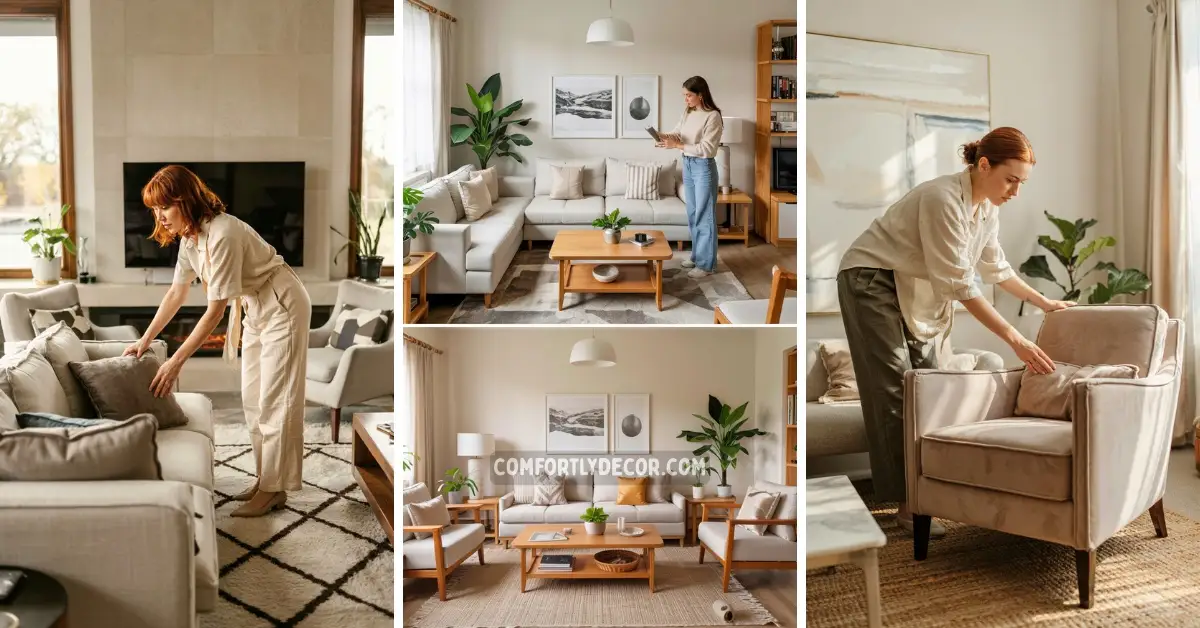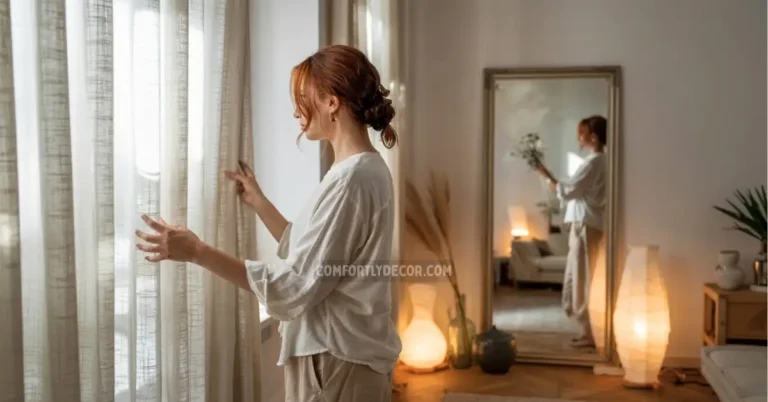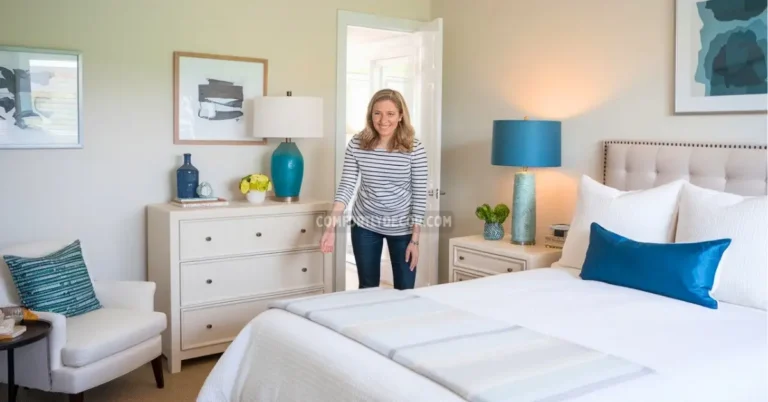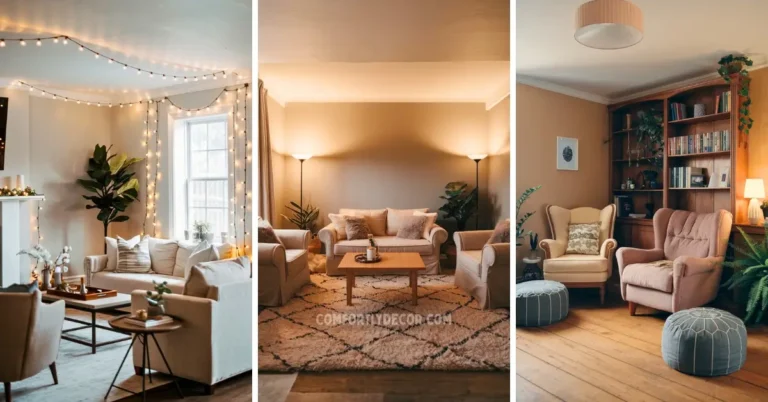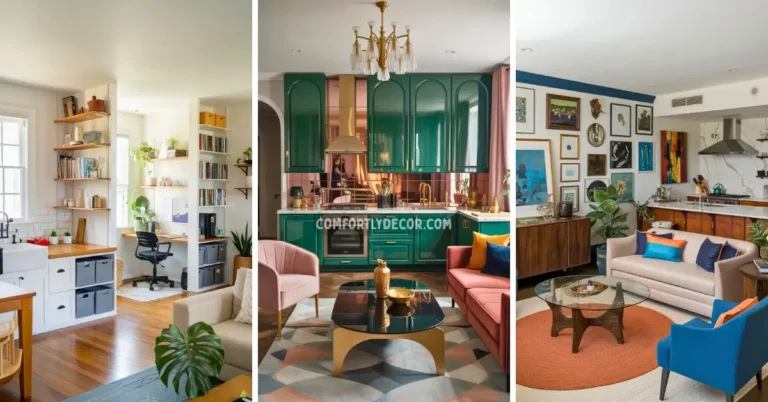How to Arrange Living Room Furniture: A Simple Guide
Furniture Placement can either make or break a living room: . I know, I know, it sounds about as exciting as watching paint dry. But stick with me here. Getting your furniture arrangement right is the secret sauce to a room that feels comfortable, looks amazing, and does not make you trip over a coffee table every time you get up.
I have rearranged my living room more times than I can count, and I have learned a thing or two along the way. Mostly, I have learned that a great living room layout does not just happen by accident. It takes a little thought, a bit of trial and error, and maybe a tiny bit of magic. Ready to work some magic?
Step 1: Figure Out What the Room Is For
First things first, what do you actually do in your living room? This might seem like a no-brainer, but it’s a step people often skip. Is this where you binge-watch your favorite shows until 2 AM? Is it the formal space where you entertain guests you want to impress? Or is it your quiet little nook for reading and escaping the world?
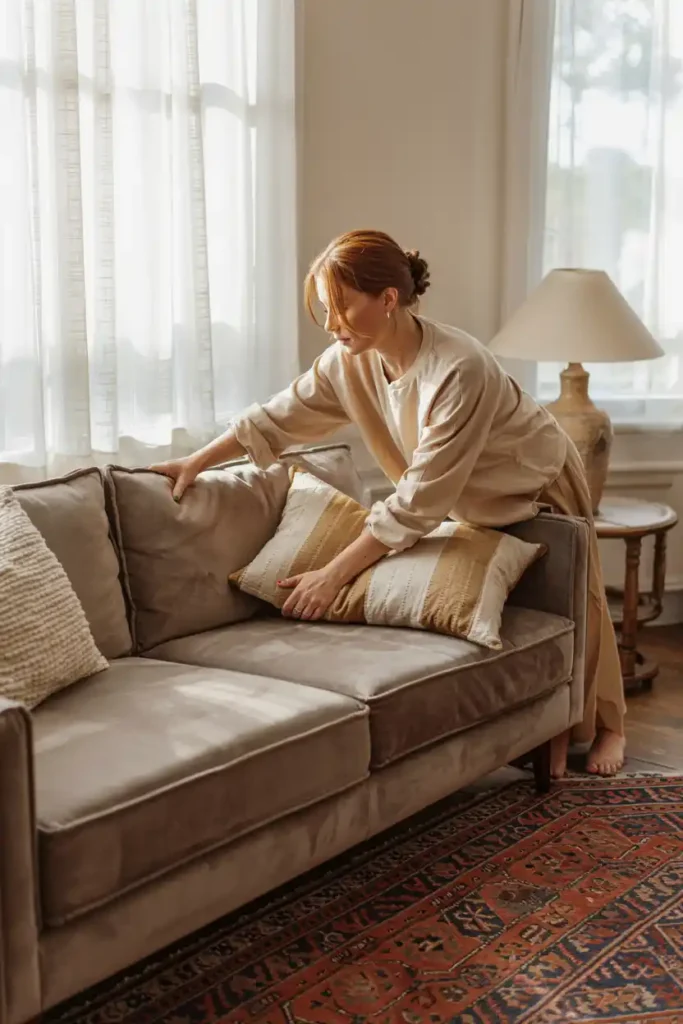
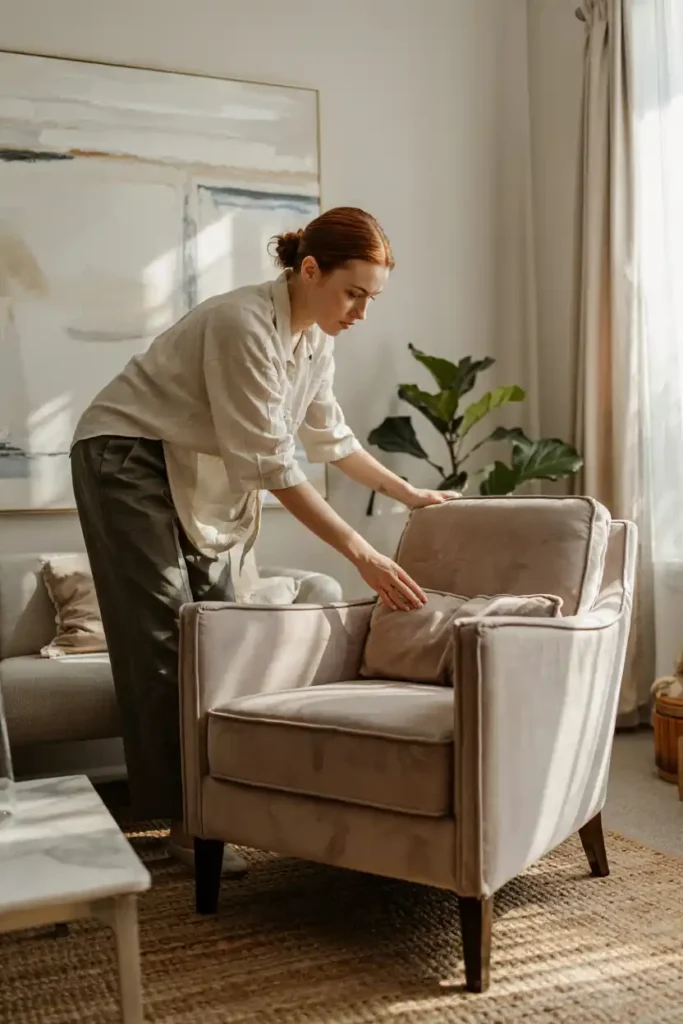
Your answer changes everything. A room designed for cozy family movie nights will have a completely different setup than one meant for hosting sophisticated cocktail parties. Be honest about its primary function, because a room trying to be everything at once usually ends up being good at nothing.
Step 2: Find Your Focal Point
Every great room has a focal point. It’s the anchor, the main event, the thing your eyes are naturally drawn to when you walk in. For many of us, that’s the TV. No shame in that game. For others, it might be a beautiful fireplace, a large piece of art, or a picture window with a killer view.
Once you’ve identified your focal point, arrange your main seating around it. This gives the room a sense of purpose and direction. If you have multiple potential focal points (lucky you!), just pick the one that aligns with how you use the room most.
Step 3: Don’t Block the Flow

Ever walked into a room and felt like you were navigating an obstacle course? Yeah, that’s bad traffic flow. You need clear pathways to move around without bumping into things. It’s not just about convenience; it’s about making the room feel open and welcoming.
Here are a few pointers:
- Make sure there are clear, unobstructed paths from one doorway to another.
- Don’t block windows or sources of natural light. Why would you want to live in a cave?
- Keep a couple of feet of space around your main walkways. You need room to breathe, people!
Step 4: Choose Your Layout Adventure
Now for the fun part: deciding on the actual furniture arrangement. There are a few classic layouts that work well in most living rooms.
Symmetrical vs. Asymmetrical
A symmetrical layout is all about balance and formality. Think two sofas facing each other or a sofa with two identical chairs on either side. It’s clean, it’s classic, and it’s great for conversations.
An asymmetrical layout is more casual and dynamic. You might have a sofa on one side and a couple of different chairs on the other. It feels more relaxed and modern. IMO, this is often more interesting and lets you show off a bit more personality.
L-Shaped and U-Shaped
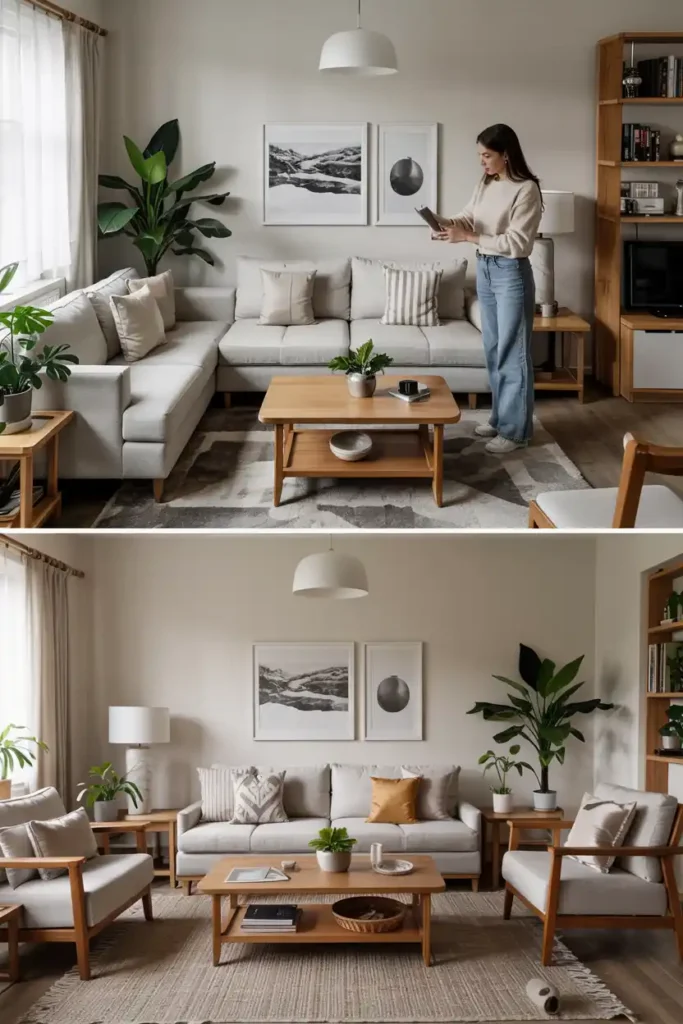
An L-shaped arrangement, usually with a sectional or two sofas, is perfect for defining a corner and creating a cozy conversation area. A U-shaped layout takes it a step further, enclosing the space on three sides. This is fantastic for larger rooms where you want to create an intimate seating zone.
Step 5: Master Balance and Scale
This is where the artistry comes in. You want your furniture to feel like it belongs together, not like a random collection of items you found on the side of the road.
Balance is key. If you have a massive, chunky sofa, don’t pair it with a tiny, delicate accent chair. It’ll just look silly. Instead, balance it out with a substantial chair or a pair of smaller ones. Use rugs and coffee tables to ground your seating arrangements and tie everything together. It’s amazing what a good rug can do.
Bonus Round: Tips for Different Room Sizes
Not all living rooms are created equal. Here’s how to handle the extremes.
Small Living Rooms
If your living room is on the smaller side, do not despair. You just need to be smart. Use apartment-sized furniture, and consider pieces that can do double duty, like an ottoman with storage. Mirrors can also be your best friend, as they create the illusion of more space.
Large Living Rooms
Have a massive, open-concept space? The challenge here is making it feel cozy instead of like a warehouse. Use furniture to create different “zones”—a seating area, a reading nook, a small workspace. Rugs are your best friend for defining these different areas.
FAQs
Time to Shake Things Up
My final piece of advice? Don’t be afraid to change it up. I like to rearrange my furniture seasonally. It is a free way to give the room a completely fresh look and feel. So go ahead, move that sofa. You might be surprised at what you discover.

I am Mindy Medford, a home décor, paint, and design specialist with over a decade of hands-on experience transforming ordinary spaces into cozy, personality-packed havens. Since 2013, I have been helping homeowners discover the art of beautiful yet practical design. I share my love for color, texture, and layout—making stylish interiors & exteriors feel achievable for everyone. Whether it’s picking the perfect paint shade or reimagining a small space, I’m here to guide and inspire.

